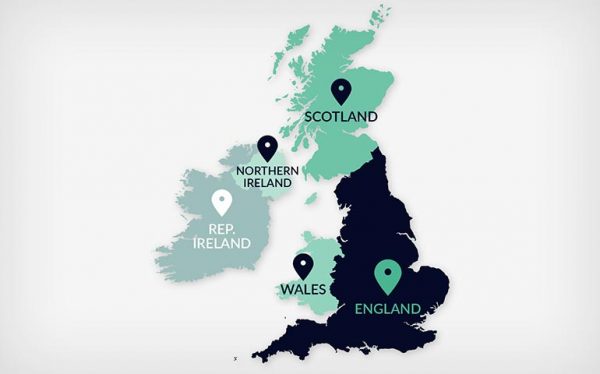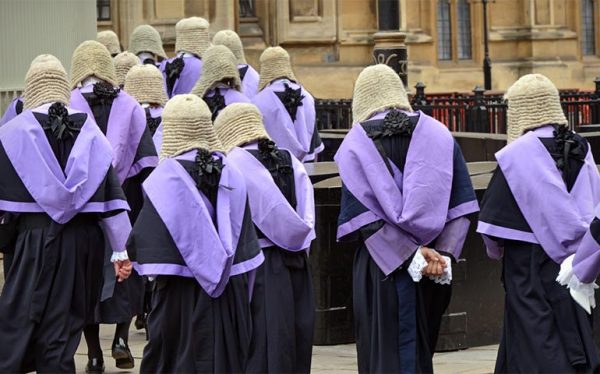Unlike in the US, a law firm usually isn’t a “one-stop shop” for conducting litigation. England has a split legal profession comprised of solicitors and barristers.
- Solicitors are organized into law firms (usually LLPs), which look very similar to their Americans counterparts. Solicitors at the top of the profession are usually partners at their firms.
- Barristers, or counsel, are technically self-employed, but are typically organized into chambers when they are called to the bar. Barristers at the same set (another word for chambers) will usually be specialists in the same areas of law. Barristers at the top of the profession may become Queen’s Counsel – also known as a QC, leading counsel, leader or silk.
As always, there are exceptions: barristers are sometimes employed by law firms where their day-to-day jobs may look identical to those of solicitors.
These days both solicitors and barristers would answer to the term lawyer – but they won’t answer to attorney. We have patent attorneys and powers of attorney, but no attorneys-at-law.
We also don’t make a habit of appending “Esq.” to our names, but we like it when you do it.
So, what’s the difference between solicitors and barristers?
Traditionally, barristers would be responsible for pleading the client’s case, legal opinions and court advocacy, and solicitors would handle everything else (such as the client relationship, finances, inter partes correspondence, document production witness and expert evidence, settlement negotiations and so on).
Solicitors will be the client’s point of contact and will run your case. They will be the operations hub – engaging experts, liaising with witnesses, and instructing counsel. Barristers’ involvement tends to be more sporadic. Like a really specialized garden tool, you might not use them all the time, but if you have the need then nothing else will do.
But the lines are blurrier these days:
- Some solicitors have higher rights of audience which allow them to conduct advocacy in senior courts. Some solicitors even become QCs.
- Some barristers can take direct access instructions, which means that they can be instructed directly by a lay client (otherwise, the client must instruct a solicitor who must then instruct a barrister). All barristers can be instructed directly by overseas lawyers, but they can’t conduct litigation without solicitors.
As with all good varsity rivalries, this side-by-side jostling produces ungenerous stereotypes: barristers do the brainy complex work but live in ivory towers and are incapable of normal human conversation. Solicitors, on the other hand, can’t breathe without running it past counsel, but have their feet firmly planted in the real world.
If you set out to design a legal profession from scratch, you might devise something simpler – but our system does have its advantages!
- Any firm can instruct any barrister. Barristers’ specialisms can be endlessly niche (the law of hedgerows, anyone?), which opens up the range of options for a given case.
- For that reason, legal teams can also scale up and down at the drop of a wig, depending on requirements from month to month.
- With solicitors performing the client-facing role in the run up to trial, the counsel team can focus solely on preparing for trial without interruption.
- Not being ‘under the same roof’, barristers and solicitors can draw on their separate experiences and provide valuable and independent second opinions.




 LinkedIn
LinkedIn Twitter
Twitter Email
Email Print
Print



